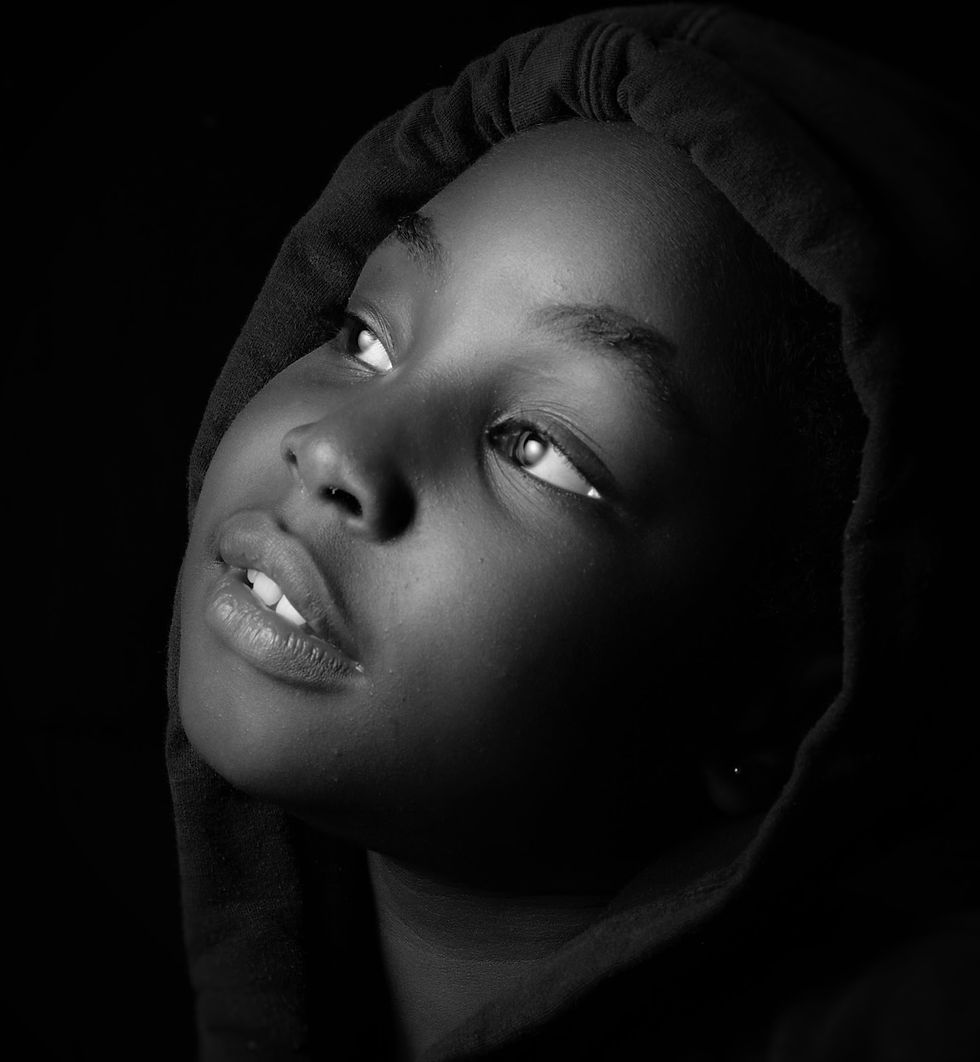By Hailey Jordan, CEI Intern
As the global pandemic continues, some school districts in the U.S. reopened for in-person instruction while others transitioned to a hybrid of in-person and remote learning. In some areas, schools are providing only remote instruction due to rising COVID-19 infection and death rates (Education Week, 2020). According to the Society for Research in Child Development (SRCD), counties with predominantly Black residents are experiencing infection rates three times higher and death rates six times higher than counties with majority non-Hispanic White residents (2020). In order to protect the health and safety of Black children and youth in these counties, many school districts took into account state guidelines and local mandates to implement full-time remote learning.
Remote Learning: Advancing Equity in Education for Black Students
The complete switch to online instruction places Black children and youth at more of a disadvantage due to the disparities that existed before the pandemic: less access to reliable internet connection and computer technology, along with limited parental supervision as a disproportionate number of Black parents in the U.S. are essential workers and cannot work from home (SRCD, 2020). The remote educational experience is intended to keep students learning and engaged in a sustainable way. However, the success of online instruction relies heavily on technological resources and school infrastructure, which are systemic factors of quality education, especially in the era of COVID-19.

District leaders can work to increase investments in school infrastructure so that Black children and youth in under-resourced neighborhoods are provided access to fast internet service and electronics for online learning (Digital Promise, 2020). In addition, educators can boost communication with Black parents and guardians via regular check-ins by phone, email, video chat, and mail. Establishing different methods of communication gives families the flexibility to keep track of children’s academic and social-emotional progress in school.
Educators can also use some of these same avenues — like the Kansas City Public School (KCPS) district this past spring — to distribute class materials as well as reach out to Black children and youth on an ongoing basis (Govtech, 2020). Our blog, Teachers and Families Collaborating to Educate Children During School Closures, describes how educators can effectively support and work with families to protect students’ social-emotional development and academic success in the era of COVID-19.
Addressing Grief and Loss among Black Youth
The downstream effects of COVID-19 are taking a toll on Black children and youth’s psychological health in various ways. In terms of economic-related stress, seventy-four percent of Black youth are worried about their family’s financial situation (SRCD, 2020). The U.S. unemployment rate skyrocketed since the beginning of the pandemic, leaving 45% of Black workers without jobs or reduced hours compared to 31% of non-Hispanic white workers. As a result, even more Black families are dealing with experiences of food insecurity and housing instability than other racial and ethnic groups. Seventy-one percent of Black children and youth also fear that they or their family members, especially those who work in essential industries, will get the virus (SRCD, 2020). These stressors have a disproportionately negative impact on the socio-emotional health and academic standing of Black students.

School districts can partner with school-based mental health professionals to provide virtual therapy sessions for Black children and youth (Edutopia, 2020). Access to these services in a time where Black students are coping with loss and stress associated with the pandemic, police brutality, and race-based trauma, is essential for their mental well-being and academic success.
In addition, educators can serve as an extra source of support for Black students by remaining compassionate and empathetic in the remote learning setting. Teachers can receive culturally competent, professional training on how to best help Black children and youth cope with emotional, physical, and social distress. Our blog, Defiant or Depressed? Working with Black Girls in the School Setting details how symptoms for mental health challenges can present differently in Black youth. For example, research shows that Black teens express depressive symptoms by making complaints about interpersonal conflict or physical pain (Rutgers University, 2018). Dealing with grief and loss may also require time and space. The second part of our series, Back to School After COVID-19, highlights how school staff can recognize and address grief among children and youth. Educators can work around the academic and socio-emotional needs of Black students to encourage their path to healing.
Conclusion
The COVID-19 pandemic continues to negatively impact populations across the U.S. and the world. However, due to systemic racism, Black American families are experiencing the burden of COVID-19 like no other racial and ethnic group. To improve equity in education for Black children and youth, school leaders can take into consideration how COVID-19 disparities and race-related traumas affect the mental well-being and academic performance of Black students. 0
References Education Week. (2020, October 9). Map: Where are schools closed? Education Week.
Fleming, N., (2020, April 10). There’s an app for that — School counseling and SEL go online. Edutopia.
Pape, B., & Lopez-Aflitto, W. (2020, March 24). Responding to COVID-19: How are the children? Digital Promise.
Rutgers University. (2018, January 8). Depression in Black adolescents requires different treatment: Rutgers University-Camden scholar studies how black teens express depression. ScienceDaily.
Society for Research in Child Development (SRCD). (2020, September). Addressing inequities in education: Considerations for Black children and youth in the era of COVID-19. SRCD. Williams, M., & Ritter S. (2020, March 31). Parents, teachers make education work during pandemic. Government Technology.

Comments